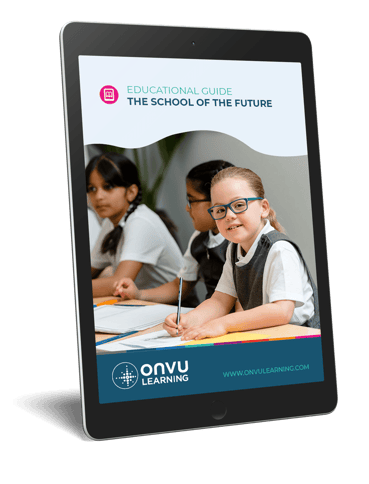- Blogs
- 2 Minute Read



Over the past few weeks, we’ve reflected on our experience of lockdown and reached out to partner schools. The result has been our blogs on working remotely , leading teams remotely, plus remote training and development and remote reflection on teaching.
But as we head into a longer period of ‘new normal’, there’s another key questions. How can we engage and motive people – both staff but also students?
Here are five ideas…
This article from the Harvard Business Review talks about the important task in a crisis of ‘holding’ people together. Important components of this include having as clear a direction as possible for the future and giving people access to leaders to ask challenging questions and receive honest answers.
Schools are doing this every day through form and class meetings or individual calls to students and parents. It is equally great to see that many school leaders are also taking time to talk individually or in groups to all staff, taking questions and answering difficult questions to the
best of their abilities. This will only become more important as we move towards taking difficult decisions about reopening schools.
It can often take time for the challenges of working remotely to arise. Stress from the workload of remote working, living with families, or living alone, may be fine at first but it could increase over time. External events, but also illness and bereavements, can affect people at different stages of a crisis.
It is therefore really important to make support available and keep reminding people of these opportunities. Your school may offer its own support networks or you could refer people to charities and other support organisations. For example, in the UK, the National Health Service publishes a list of recommended helplines here.
At the start of the lockdown period it might have seemed sensible to ‘make do’ for a while and put up with any inefficiencies that working remotely brought. However, now might be the time to reflect and look at new ways of working and see if they can be improved. You could survey all staff and/or students and ask for their suggestions, and then provide training or support as needed. Your research might lead to something totally new – one primary school we know found pupils were missing ‘story time’ and helped teachers to record stories for their classes, with great positive feedback.
On a lighter note, it can be really helpful to try to rebuild face-to-face communities online. Schools we know have recreated staff and student book groups, held quizzes and online games (teachers have been able to use their Kahoot!) accounts for fun, rather than learning), taken part in physical exercise and much more. At ONVU Learning we’ve created our a playlist with our favourite tunes and shared recipes.
Finally, some schools and workplaces are coming together around shared personal challenges – in sport, drama, music and much more. Teachers from Bowdon Prep School in Altrincham created this video to show their hand-eye coordination while those at Rushmere Hall Primary School in Ipswich made their own version of ‘Is this the way to Amarillo?’. Why not take part in the Schools Week Big School Quiz on May 6th?
We hope you liked these ideas and can use them to help in your development. We’d love to hear what you have to say on the topic – share your experience and tips with the teaching community on Twitter and LinkedIn.

The School of the Future Guide is aimed at helping school leaders and teachers make informed choices when designing the learning environments of the future using existing and upcoming technologies, as they seek to prepare children for the rest of the 21st century – the result is a more efficient and competitive school.
KEEP IN TOUCH WITH ONVU LEARNING AND RECEIVE THE LATEST NEWS ON EDTECH, LESSON OBSERVATION, AND TEACHER TRAINING AND DEVELOPMENT.